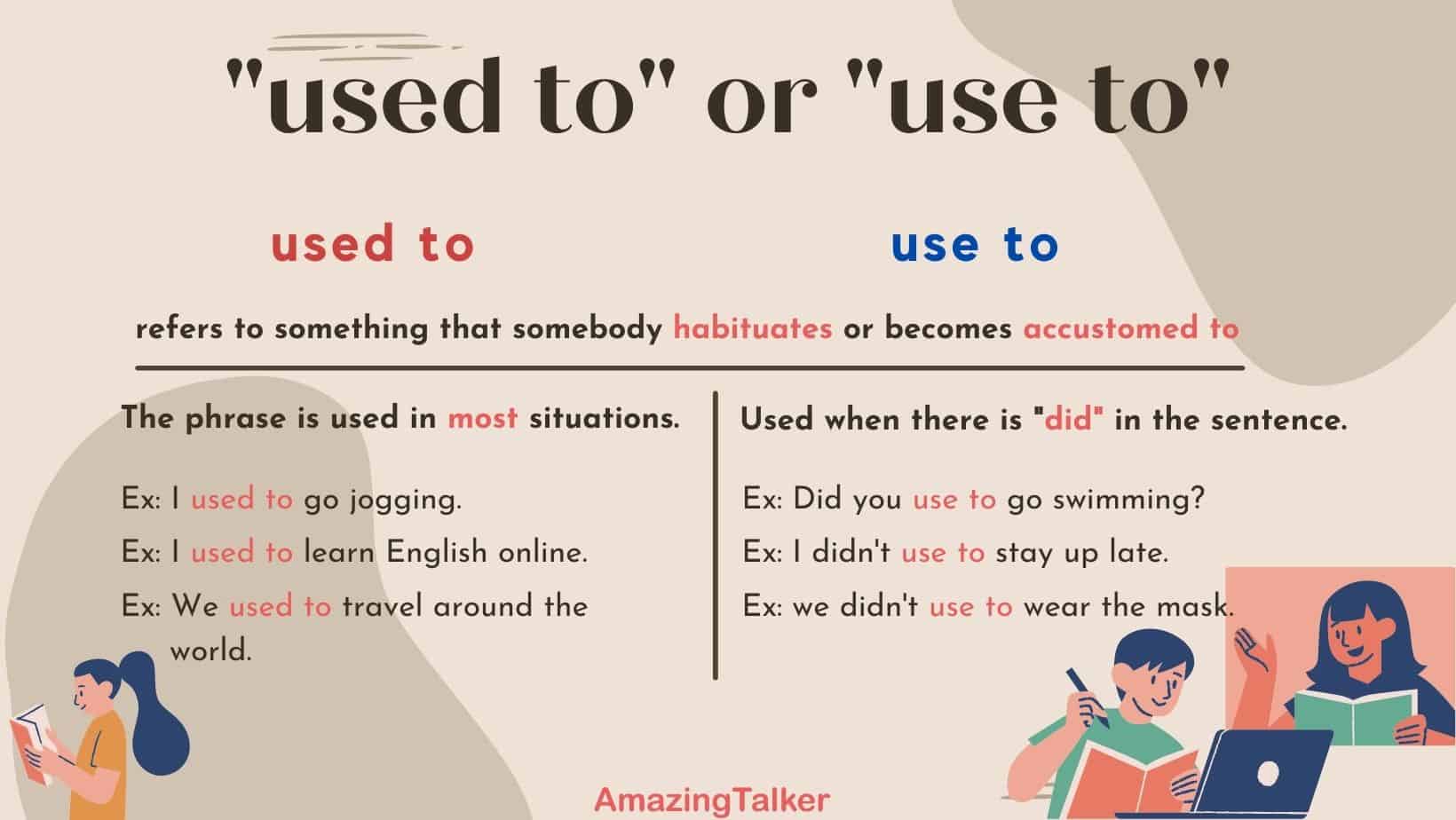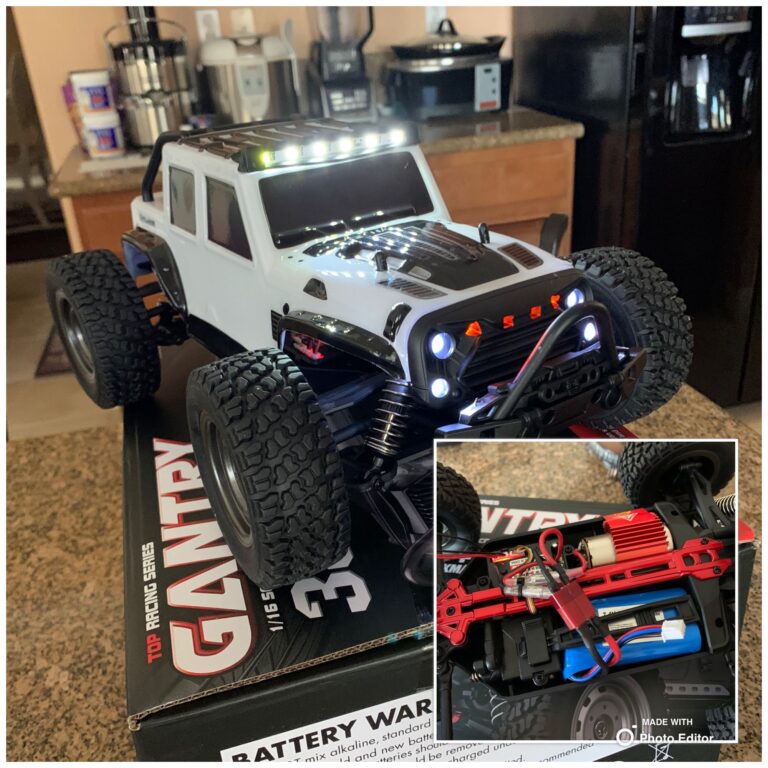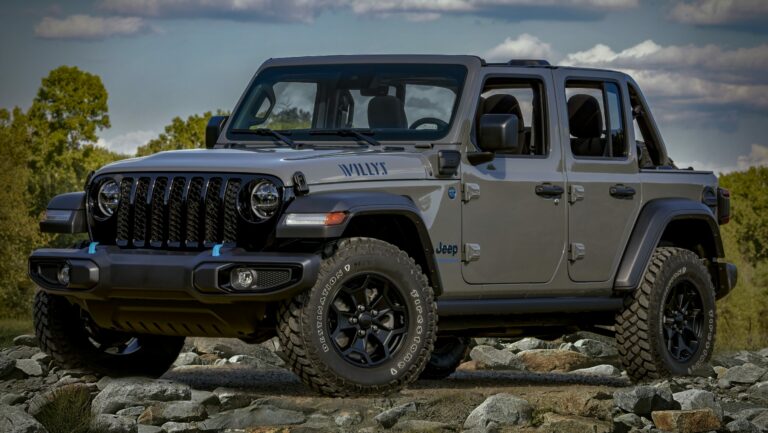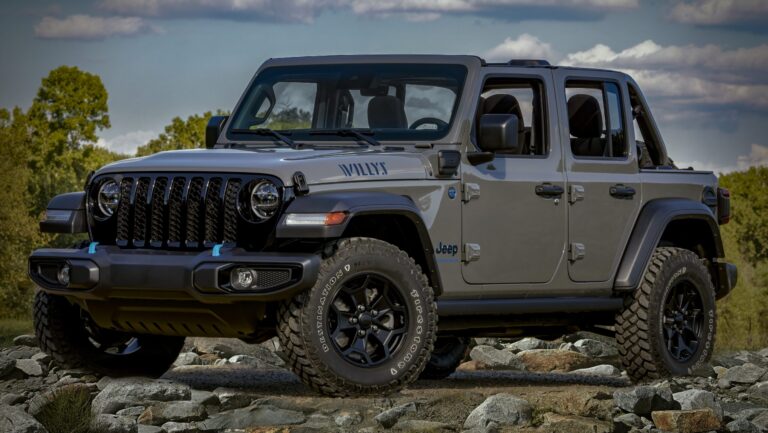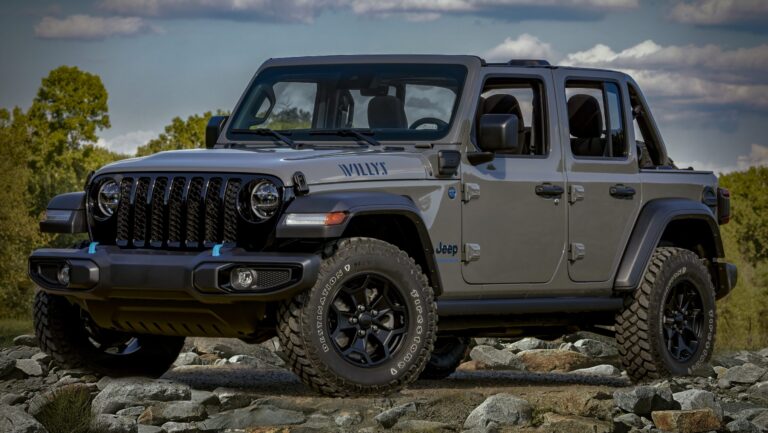Used 1995 Jeep Wrangler For Sale: A Comprehensive Buyer’s Guide
Used 1995 Jeep Wrangler For Sale: A Comprehensive Buyer’s Guide jeeps.truckstrend.com
The 1995 Jeep Wrangler, an iconic member of the YJ generation, stands as a testament to rugged simplicity and unadulterated adventure. For many off-road enthusiasts and classic car aficionados, the YJ represents the last of the "leaf-sprung" Wranglers, offering a direct, no-nonsense driving experience that newer models, while more refined, often lack. When considering a Used 1995 Jeep Wrangler For Sale, you’re not just looking at a vehicle; you’re exploring a piece of automotive history, a blank canvas for customization, and a gateway to unparalleled outdoor exploration. This comprehensive guide will delve into everything you need to know about finding, inspecting, and ultimately owning one of these beloved machines.
The Enduring Appeal of the 1995 Jeep Wrangler (YJ)
Used 1995 Jeep Wrangler For Sale: A Comprehensive Buyer’s Guide
The 1995 model year holds a unique place in the Wrangler lineage. It was the final year of the YJ production, which ran from 1987 to 1995. Distinguished by its controversial (at the time) square headlights – a departure from the traditional round lamps that would return with the TJ generation – the YJ quickly carved out its own identity. Beneath the polarizing front end, however, lay the heart of a true Jeep: solid axles, a robust frame, and a reputation for go-anywhere capability.
What makes the 1995 YJ particularly appealing today?
- Simplicity: Fewer electronic components mean less to go wrong and easier repairs for the DIY mechanic.
- Durability: Built with heavy-duty components, these Jeeps were designed to withstand harsh conditions.
- Off-Road Prowess: The leaf spring suspension, while not as comfortable on pavement as coil springs, offers excellent articulation and durability for serious off-roading.
- Classic Status: As the last of its kind, the 1995 YJ is increasingly seen as a collectible, appreciating in value when well-maintained.
- Customization: A vast aftermarket supports the YJ, allowing owners to tailor their Jeep to their exact needs, whether for extreme rock crawling or simple trail cruising.

For those seeking an authentic, visceral Jeep experience, the 1995 Wrangler presents an opportunity to own a vehicle that embodies the spirit of freedom and adventure.
What to Look For When Buying a Used 1995 Jeep Wrangler
Purchasing a vehicle that’s nearly three decades old requires a meticulous inspection. The condition can vary wildly, from neglected rust buckets to meticulously maintained showpieces. Here’s a detailed checklist of what to scrutinize:
1. Rust: The Ultimate Dealbreaker
This is, without a doubt, the most critical factor. YJ Wranglers are notorious for rust, especially in areas where salt is used on roads.
- Frame: Inspect the entire frame, particularly around the skid plates, body mounts, and suspension mounting points. Look for flaking, holes, or significant pitting. Frame repair can be extremely costly.
- Body: Check floor pans (under the carpet), rocker panels, wheel wells, fender flares, the area around the windshield frame, and the tailgate. Open the tailgate and inspect the hinges and the lower seam.
- Underbody: Examine the transmission cross member, transfer case skid plate, and exhaust system for excessive rust.
2. Engine Options: 2.5L vs. 4.0L
The 1995 YJ came with two engine choices:
- 2.5L AMC 4-cylinder: Offers decent fuel economy for a Jeep and is generally reliable, but lacks power, especially with larger tires or on highways. Good for light trail use or as a commuter where speed isn’t a priority.
- 4.0L AMC Inline-6: The highly sought-after engine. Known for its legendary reliability, ample torque, and robust performance. This is the preferred choice for most buyers, particularly those planning off-road adventures or highway driving.
- What to check: Listen for unusual noises (knocking, ticking), check for oil leaks (especially the rear main seal, a common issue but not always severe), and look at the color of the exhaust smoke. Ensure it starts easily and idles smoothly.
3. Transmission and Drivetrain
- Manual (AX-5 or AX-15): The AX-15 (mated to the 4.0L) is a robust 5-speed. Check for smooth shifts, no grinding, and a consistent clutch feel. The AX-5 (2.5L) is less durable but adequate for its engine.
- Automatic (32RH): A reliable 3-speed automatic. Check for smooth engagement, no slipping between gears, and proper fluid levels (should be red and not smell burnt).
- Transfer Case (NP231 Command-Trac): Engage 4-high and 4-low. Ensure it shifts smoothly into and out of each mode without grinding or binding. Listen for unusual noises while driving in 4WD. Check for leaks around the seals.
- Axles: Inspect for leaks around the differential covers and axle shafts. Listen for whining or clunking noises during the test drive, which could indicate worn gears or bearings.
4. Suspension and Steering
- Leaf Springs: Check for sagging, especially in the rear. Look for cracked or broken leaves.
- Bushings: Inspect all bushings (leaf springs, control arms, sway bar) for cracks, tears, or excessive wear.
- Shocks: Look for leaks or damage. Bounce each corner of the Jeep to check damping.
- Steering: Check for excessive play in the steering wheel. This could indicate worn tie rod ends, ball joints, or a loose steering box. Have someone turn the wheel while you watch the components under the front end.
5. Brakes
- Check brake fluid level and condition.
- Inspect brake lines for rust or damage.
- Look at the rotors/drums for excessive wear or scoring.
- Listen for squealing or grinding during the test drive. Ensure the pedal feels firm, not spongy.
6. Electrical System
- Test all lights (headlights, tail lights, turn signals, brake lights, interior lights).
- Check all gauges (speedometer, odometer, fuel, temperature, oil pressure, voltmeter).
- Test the radio, wipers, horn, and HVAC system (heater and fan speeds).
- Ensure the 4WD indicator light functions correctly.
7. Soft Top / Hard Top
- Soft Top: Look for rips, tears, brittle windows, and functioning zippers. A new soft top can be a significant expense.
- Hard Top: Check for cracks, leaks around seals, and proper fitment. Ensure all mounting bolts are present.
8. Interior
- Seats are often worn, torn, or replaced. Check the seat frames for rust.
- Dashboard condition: look for cracks or missing trim.
- Carpet is often removed or heavily stained due to water ingress. Check the floor pans directly for rust if possible.
9. Documentation
Ask for maintenance records. A history of regular oil changes and repairs indicates a well-cared-for vehicle. Always request a clear title and verify the VIN.
Common Issues and Maintenance Considerations
Beyond the initial inspection, be aware of common issues that may arise with a 1995 YJ:
- Rust (again): It’s an ongoing battle. Regular washing, especially after winter driving, and rustproofing are essential.
- Oil Leaks: The 4.0L is prone to minor oil leaks, particularly from the valve cover and rear main seal. Minor seeps are often acceptable, but active drips need attention.
- Cooling System: Over time, radiators can clog, and hoses can degrade. Check the coolant color and condition.
- Exhaust Manifold Cracks: The 4.0L manifold is prone to cracking, leading to ticking noises, especially when cold.
- Transfer Case Linkage: The stock linkage can be prone to popping out of gear or making it difficult to engage 4WD. Aftermarket solutions exist.
- Suspension Bushings: These wear out and contribute to a rougher ride or clunking noises.
Budget for regular maintenance, including fluid changes (engine, transmission, transfer case, differentials), grease points, and general tune-ups. Parts are generally affordable and widely available.
Customization and Aftermarket Potential
One of the greatest joys of owning a Used 1995 Jeep Wrangler For Sale is the virtually limitless customization potential. The YJ is a favorite platform for modders.
- Lift Kits: Ranging from mild to extreme, lift kits allow for larger tires and increased ground clearance.
- Tires and Wheels: Upgrading tires is common for improved off-road performance and aesthetics.
- Bumpers and Armor: Aftermarket steel bumpers, rock sliders, and skid plates protect the vehicle and allow for winches or recovery points.
- Interior Upgrades: New seats, sound systems, and gauges can vastly improve comfort and usability.
- Engine Performance: While not a power monster, minor upgrades like cold air intakes or exhaust systems can improve efficiency and sound.
The strong community surrounding Jeeps means a wealth of knowledge and support is available online and through local clubs. This "Jeep thing" truly adds to the ownership experience.
Where to Find a Used 1995 Jeep Wrangler For Sale
Finding your ideal 1995 YJ requires patience and casting a wide net:
- Online Marketplaces: Craigslist, Facebook Marketplace, eBay Motors are excellent starting points. Use specific search terms like "Jeep YJ 1995" or "Wrangler 4.0L."
- Dedicated Jeep Forums/Classifieds: Websites like JeepForum.com or WranglerForum.com often have classified sections where enthusiasts sell their vehicles.
- Local Dealerships: Less common for vehicles of this age, but sometimes independent used car dealers will have them.
- Auctions: Public or online auto auctions can sometimes yield good deals, but require more expertise and involve higher risk.
- Word-of-Mouth: Let friends, family, and mechanics know you’re looking.
Tips for a Successful Purchase
- Pre-Purchase Inspection (PPI): Always, always get a PPI from an independent mechanic specializing in Jeeps or off-road vehicles. This small investment can save you thousands.
- Test Drive Thoroughly: Drive on varied terrain if possible – highway, city, and a rough road or dirt path. Test all gears, 4WD, and brakes. Listen for unusual noises.
- Check VIN History: Use services like CarFax or AutoCheck to look for accident history, flood damage, or title issues.
- Negotiate: Based on the inspection findings and market value. Don’t be afraid to walk away if something feels wrong.
- Budget for Immediate Needs: Assume you’ll need to spend some money on basic maintenance (fluids, filters) or minor repairs shortly after purchase.
Price Table: Used 1995 Jeep Wrangler For Sale
The price of a Used 1995 Jeep Wrangler can vary significantly based on condition, mileage, engine, transmission, and location. This table provides a general guideline:
| Condition Category | Price Range (USD) | Key Characteristics & Considerations |
|---|---|---|
| Project/Rough | $2,500 – $6,000 | Significant rust (frame/body), mechanical issues (engine/trans problems), high mileage, missing parts, needs full restoration. For experienced mechanics or those with a large budget for repairs. |
| Fair | $6,000 – $10,000 | Moderate rust (some body/surface frame rust), minor mechanical issues (leaks, worn suspension), high mileage, cosmetic flaws (worn interior, faded paint), needs significant work but drivable. |
| Good | $10,000 – $15,000 | Minimal to no significant rust, mechanically sound (4.0L preferred), average mileage (100k-180k), well-maintained, minor cosmetic imperfections, may have some desirable aftermarket upgrades. |
| Excellent/Modified | $15,000 – $25,000+ | Rust-free frame, meticulously maintained, low mileage for age (under 100k), recent major service, significant and desirable modifications (high-quality lift, axles, etc.), pristine interior/exterior. Often enthusiast-owned. |
Factors Influencing Price:
- Engine: 4.0L models command a higher price than 2.5L models.
- Transmission: Manuals often slightly preferred by enthusiasts, but good automatics are also valued.
- Rust: The less rust, the higher the price. Frame integrity is paramount.
- Mileage: Lower mileage generally means higher value, assuming maintenance was consistent.
- Hard Top vs. Soft Top: Having both or a good hard top can add value.
- Modifications: Quality, desirable modifications can increase value, but poorly done or extreme mods can decrease it.
- Location: Prices can vary regionally due to climate (rust) and demand.
Frequently Asked Questions (FAQ) about Used 1995 Jeep Wrangler For Sale
Q1: Is the 1995 Jeep Wrangler a reliable vehicle?
A1: Yes, particularly the 4.0L inline-6 engine, which is legendary for its durability. While they are nearly 30 years old and will require regular maintenance, their mechanical simplicity makes them generally reliable and easy to fix for those willing to learn. Rust is the biggest threat to their longevity.
Q2: What’s the main difference between a YJ (1995) and a TJ (1997-2006) Wrangler?
A2: The most obvious visual difference is the headlights: YJs have square headlights, while TJs have round ones. Mechanically, the biggest difference is the suspension: YJs use leaf springs on all four corners, while TJs switched to coil springs, offering a more comfortable on-road ride. TJs also introduced more modern interiors and slightly more refined drivetrains.
Q3: What kind of fuel economy can I expect from a 1995 Wrangler?
A3: Don’t expect great fuel economy. The 2.5L 4-cylinder might get 16-19 MPG, while the 4.0L 6-cylinder typically ranges from 13-17 MPG, depending on transmission, tire size, and driving style.
Q4: Is a 1995 Jeep Wrangler good for daily driving?
A4: It can be, but it’s not for everyone. The ride is firm (especially with leaf springs), it’s louder than modern vehicles, and lacks many modern comforts and safety features (like airbags). For short commutes or weekend adventures, it’s fine, but for long highway trips or those accustomed to refined vehicles, it might be a challenging daily driver.
Q5: Are parts readily available for a 1995 YJ?
A5: Yes, absolutely. Due to the YJ’s popularity and commonality of its components (especially the 4.0L engine), parts are widely available from aftermarket suppliers, online retailers, and even some local auto parts stores. Many parts are interchangeable with other Jeep models of the era.
Q6: What should I budget for annual maintenance on a 1995 Wrangler?
A6: This depends heavily on the initial condition. For a well-maintained example, budget $500-$1000 annually for routine maintenance and minor repairs. If you buy a project or one with deferred maintenance, expect to spend significantly more in the first year or two on repairs, rust remediation, and necessary upgrades.
Conclusion
The Used 1995 Jeep Wrangler For Sale is more than just a vehicle; it’s a statement, a hobby, and a portal to adventure. Its rugged simplicity, iconic design, and immense customization potential make it an incredibly desirable classic for the right buyer. While rust remains its Achilles’ heel, a diligent inspection and a commitment to maintenance can secure you a piece of automotive history that will provide years of enjoyment. By understanding what to look for, where to find them, and what to expect in terms of ownership, you can confidently navigate the market and find the perfect YJ to kickstart your next off-road journey. Embrace the square headlights, and get ready for the open road – or no road at all.
